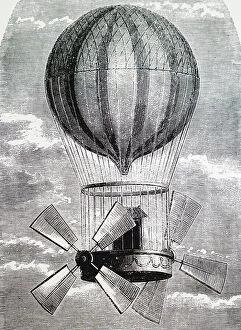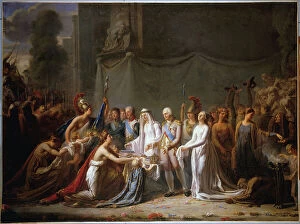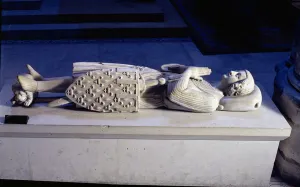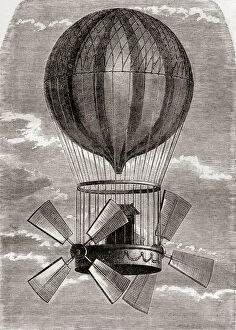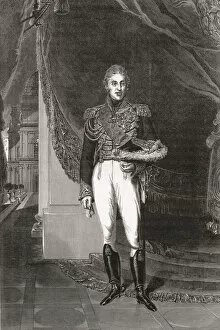Comte Dartois Collection
Comte d'Artois, also known as Charles X of France, was a controversial figure in French history
All Professionally Made to Order for Quick Shipping
Comte d'Artois, also known as Charles X of France, was a controversial figure in French history. As the younger brother of King Louis XVI, he was initially seen as a frivolous and extravagant prince who enjoyed a lavish lifestyle. However, his attitudes changed drastically during the French Revolution when he became a staunch counter-revolutionary. Despite being exiled from France multiple times, Comte d'Artois never gave up on his dream of restoring the monarchy. After his brother's execution and the fall of Napoleon Bonaparte, he finally ascended to the throne as Charles X in 1824. His reign was marked by attempts to roll back revolutionary reforms and restore absolute monarchy. However, Charles X's heavy-handed approach ultimately led to widespread discontent among the French people. The July Revolution of 1830 forced him to abdicate in favor of his cousin Louis-Philippe, bringing an end to his brief and tumultuous reign. Comte d'Artois remains a complex figure in French history - reviled by some for his reactionary policies but admired by others for his unwavering commitment to traditional values. Love him or hate him, there is no denying that he left an indelible mark on the course of French politics during a pivotal period in its history.

